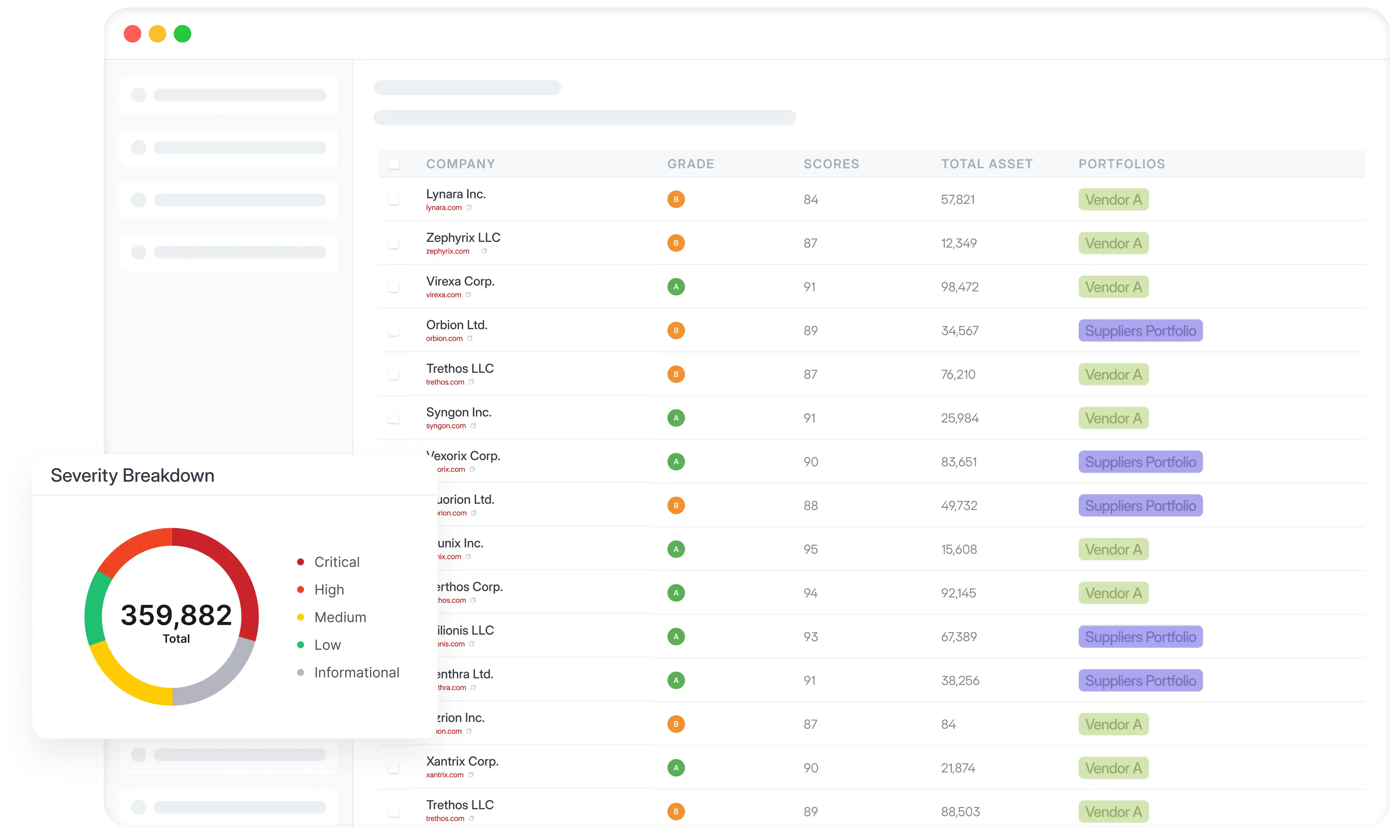Feature set
DMARC360 (part of CTM360) offers a robust, all-in-one platform for digital risk protection, with DMARC reporting being a significant component. We found it provides extensive visibility into email authentication, helping identify spoofing attempts and misconfigurations. Its focus extends beyond DMARC to encompass broader external attack surface management, anti-phishing, and brand protection, which can be beneficial for a holistic security approach.
The platform includes detailed DMARC aggregate and forensic reports, parsed and presented in an understandable format. It also integrates features like source detection, forward detection, and spoof detection, giving a clear picture of email traffic. While comprehensive, we sometimes noticed that the sheer breadth of features could lead to a steeper learning curve, especially for those primarily focused on DMARC.
ELK DMARC is an open-source, self-hosted solution built on the Elasticsearch, Logstash, and Kibana (ELK) stack. As such, its feature set is fundamentally different from a commercial managed service. It provides the core functionality for DMARC reporting, allowing you to ingest DMARC aggregate reports, store them, and visualize the data in Kibana dashboards. We appreciate the flexibility and control this offers, as you're entirely responsible for its deployment and configuration.
The key benefit here is the ability to customize every aspect of the reporting and data retention. However, this also means that advanced features like automated SPF flattening, integrated blocklist monitoring, or AI-driven insights are not out-of-the-box functionalities. You'd need to develop or integrate these yourself, which requires significant technical expertise in the ELK stack and email security protocols. It’s a powerful engine, but you need to build the car around it.
































 4.7 / 5(360)
4.7 / 5(360) 0 / 5(0)
0 / 5(0)

